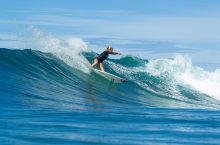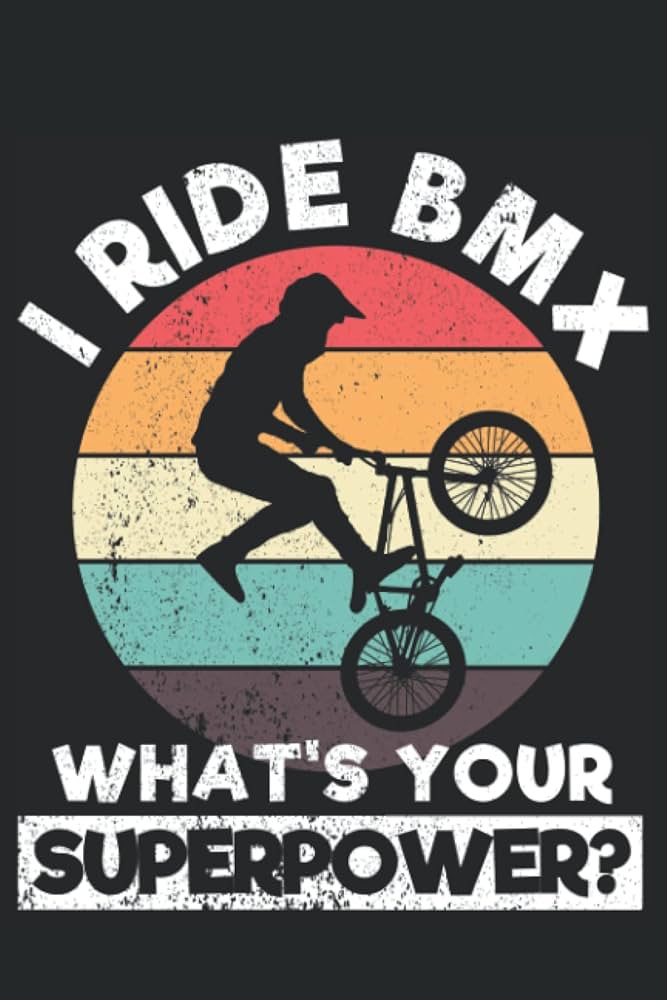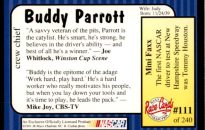Layering There is something hugely comforting about knowing the network of lanes, trails and paths around your local area so well that you can head out for a spin without making a plan. As long as you have a starting direction your earned memory can unravel the rest, adjusting for factors like closed roads, floods […]

Layering
There is something hugely comforting about knowing the network of lanes, trails and paths around your local area so well that you can head out for a spin without making a plan. As long as you have a starting direction your earned memory can unravel the rest, adjusting for factors like closed roads, floods or doing a cheeky extra loop before having to get back.

Café knowledge
Route planning
Also key for the conditions is your choice of kit, and those with many miles or years of experience will have the ability to fine-tune their layering strategy for a comfortable ride. There will of course always be that Indian summer afternoon when you massively overheat or a spring spin when temperatures really weren’t as high as you’d hoped, but largely your interpretation of the forecast will provide a clear steer.
Think about the term ‘cycling skills’ and your brain may follow a natural route to bike handling, power output, tricks, race craft and Madison hand slings, but look a little deeper and there are a bunch of transferrable skills that riders have evolved – almost without realising! How many of these can you relate to?
We riders are understandably pretty obsessed by the weather and very likely clock up more visits to forecasting apps in the days leading up to events and adventures, than at any other time of year. But beyond making the decision whether to head out and play – or delay – we’ve a wealth of analytical processing power.
So next time you’re having a bad day on the bike or if you’re struggling to get your head back in the game, take a moment to remember all of the cool stuff you’ve got up your sleeves that we riders can count as superpowers.
Facial recognition
Take, for example, wind direction. Linked to the first point on route planning, for a regular rider it probably seems effortless to factor the strength and angle of the wind into your ride plans to best avoid gusts to the face.
And if you follow pro cycling, there is of course the nuanced way that someone bobs around out of the saddle when climbing or the particularly narrow bars they run. Being able to work out the kit and components someone is riding in the blink of an eye is pretty incredible when you think about it!
Spot another rider when you’re out for a pedal and despite the fact that they are likely to be relatively covered up (with a helmet, glasses and clothing that you won’t have seen them doing the big shop in), your brain has an uncanny ability to ‘scan’ them in a split second and figure out if you know them. Whether you both clock each other in time to say a proper hi and maybe even ride together for a bit is another matter.














